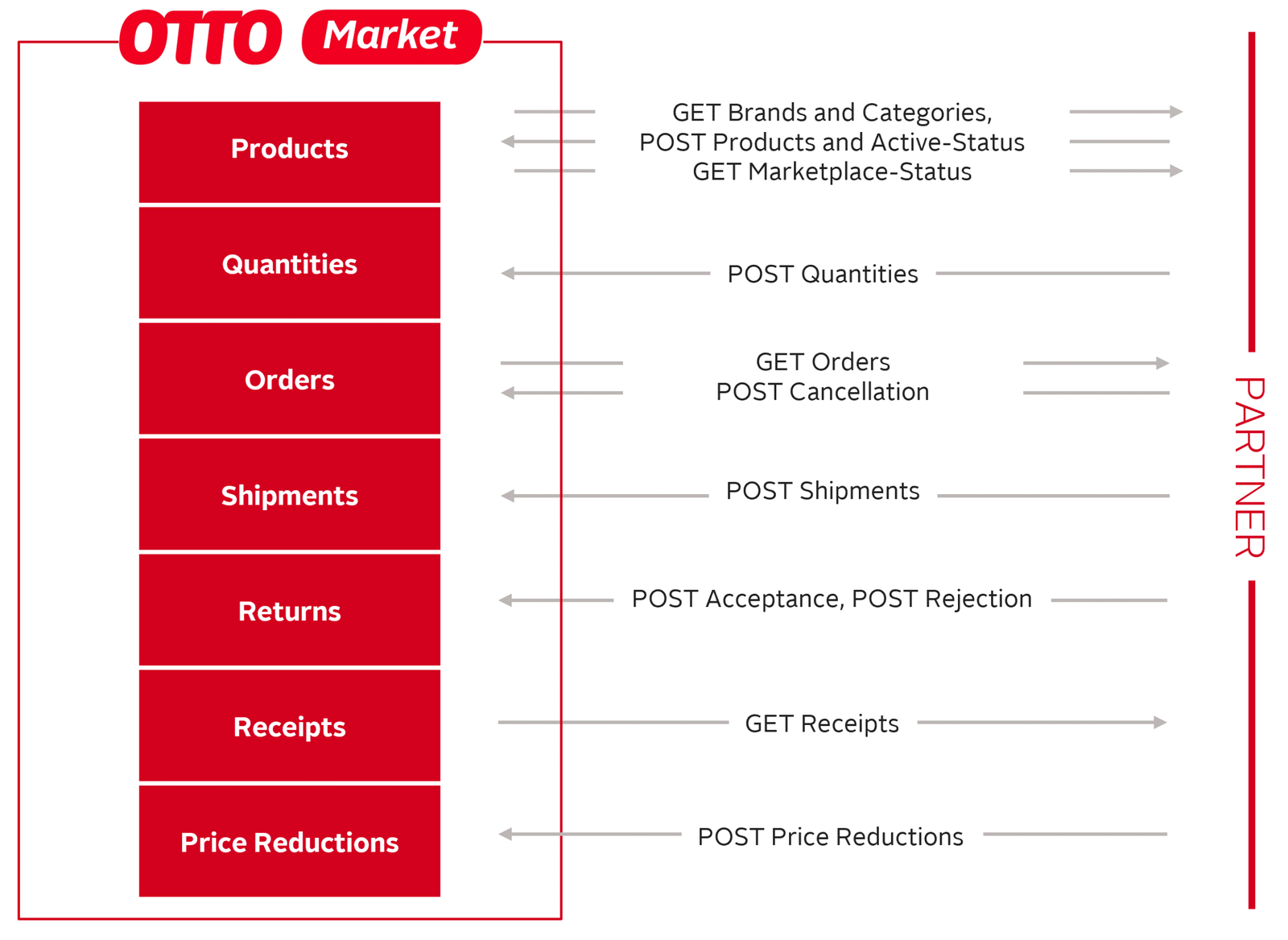Remarkable 10% growth in Pakistan’s textile sector exports in January 2024, amidst challenges. This blog delves into the resilience of the textile and garment industry, showcasing detailed performance across various categories, including significant rises in ready-made garments, knitwear, and bedwear.

Boost in Textile Exports of Pakistan by 10 Percent
The textile and garment industry of Pakistan has shown remarkable resilience and growth, particularly in the recent months. This sector, crucial for the country’s economy, has seen a notable increase in exports, highlighting the potential for further expansion and the challenges that need addressing.

Recent Surge in Exports
In January, the textile sector experienced a significant boost, with exports increasing by 10.10 percent on a year-on-year basis to reach $1.45 billion, up from $1.32 billion in the same month last year. This marks the second consecutive month of growth in this vital industry. On a month-to-month basis, there was also a 3.33 percent increase, showcasing a steady upward trend.

Challenges and Government Initiatives
Despite the positive momentum, the sector faced a contraction of 2.99 percent in the initial seven weeks of the fiscal year 2024, with exports totaling $9.73 billion compared to $10.03 billion in the corresponding period of the previous year. The decline has been primarily attributed to the rising costs of production, influenced by increased cash and energy prices.
Efforts by the Ministry of Commerce to address these challenges include promises to offer competitive regional energy prices to textile exporters and to release pending tax refunds to solve liquidity issues. However, these initiatives have yet to be fully implemented.

Annual Comparison and Sectoral Performance.
The fiscal year 2023 saw a downturn in textile and garment exports by 14.63 percent, with total exports shrinking by 12.71 percent to $27.54 billion from the previous year’s $31.78 billion. Despite these challenges, certain segments of the textile industry showed remarkable growth in January:
- Ready-Made Garments: Exports increased by 13.85 percent in value and 28.06 percent in quantity.
- Knitwear: Saw an 8.39 percent increase in value and a substantial 69.84 percent rise in quantity.
- Bedwear: Grew by 19.26 percent in value and 25.63 percent in quantity.
- Towels: Rose by 5.41 percent in value and 11.45 percent in quantity.
- Raw Cotton and Yarn: Experienced significant increases of 126.45 percent and 19.78 percent, respectively.
However, the sector also faced declines, such as a 24.15 percent decrease in exports of tents, canvas, and tarpaulin, and a 34.81 percent drop in textile machinery imports, indicating a potential slowdown in expansion or innovation efforts.

Import Trends and Future Outlook
There was an increase in imports of synthetic fiber, synthetic and artificial silk yarn, and other textile items, contrasting with a significant 91.11 percent decrease in raw cotton imports. This reflects the sector’s evolving needs and potential shifts in production strategies.
In the initial seven weeks of fiscal year 2024, total exports reached $17.77 billion, a 7.87 percent increase from the previous year, demonstrating the sector’s resilience and potential for growth despite facing numerous challenges.
The textile and garment industry’s journey through fiscal year 2024 paints a picture of a sector that, while facing headwinds, continues to find ways to grow and adapt. The coming months will be crucial in determining whether these positive trends can be sustained and further built upon.
– By Mubarak Zeb Khan, February 17, 2024 (DAWN news)





